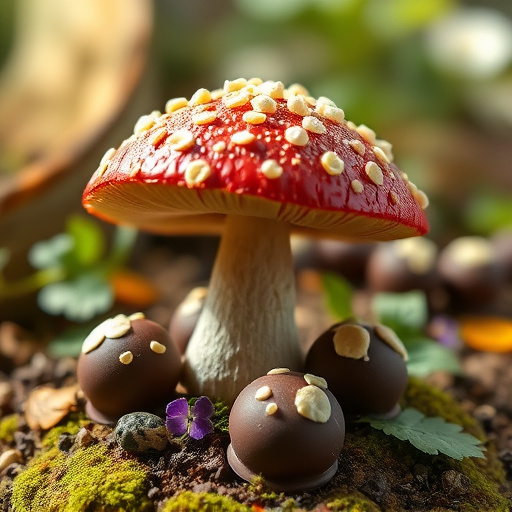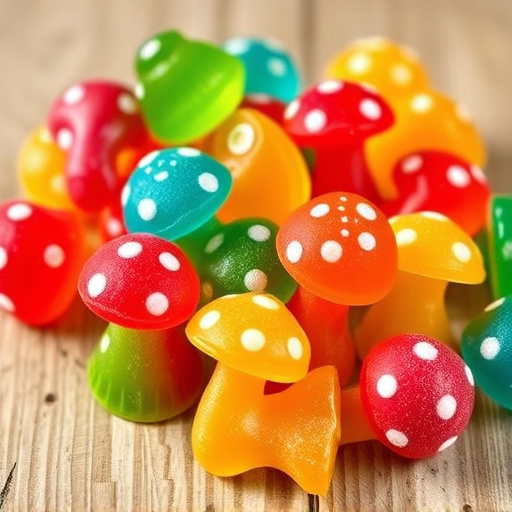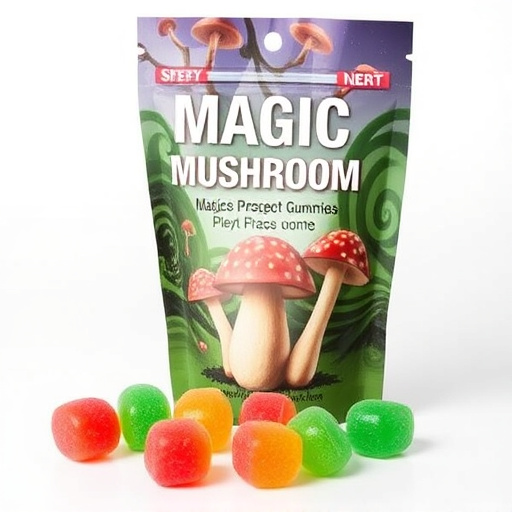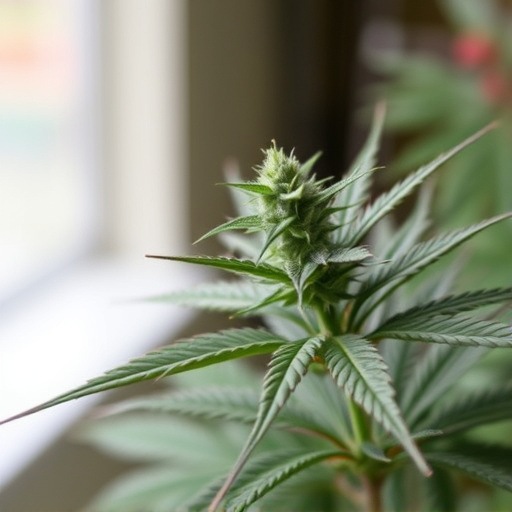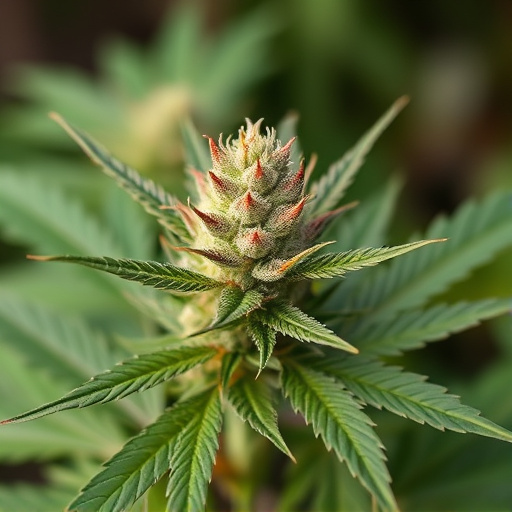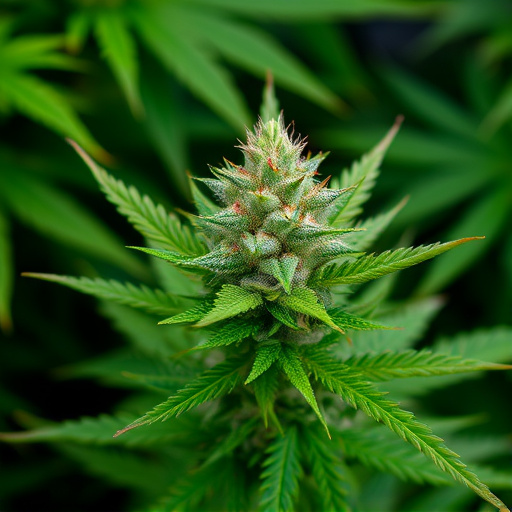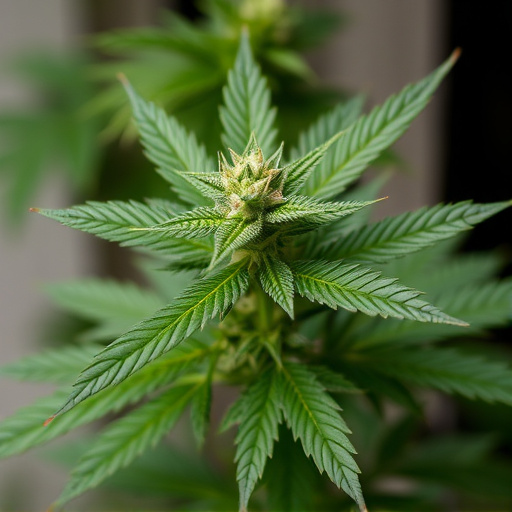Cannabis is emerging as a potential treatment for ADHD, with smoking methods like joints, pipes, and bongs influencing its effectiveness. Pipes and bongs offer precise control over herb usage, allowing tailored doses of specific cannabis strains for ADHD. These devices provide a smoother inhalation process, reducing anxiety or paranoia. The text explores cannabis compounds like THC and CBD, their interaction with the endocannabinoid system, and strains known for soothing effects to manage symptoms like impulsivity and inattention. When considering cannabis for ADHD, administration methods—including joints, pipes, bongs, and ADHD-focused strains—are personalized to maximize benefits while minimizing drawbacks.
“Unwind and explore the world of cannabis as a potential tool for managing ADHD symptoms with our comprehensive guide. We delve into the age-old question: are joints, pipes, or bongs the optimal choice? This article navigates the pros and cons of each consumption method, offering insights tailored to individuals seeking effective relief from cannabis strains specifically curated for ADHD. Discover the factors that influence your decision and unlock a personalized approach to enhancing focus and calm.”
- Understanding Cannabis for ADHD: The Role of Joints, Pipes, and Bongs
- Pros and Cons of Different Consumption Methods
- Choosing the Best Method: Factors to Consider for Effective Cannabis Use with ADHD
Understanding Cannabis for ADHD: The Role of Joints, Pipes, and Bongs
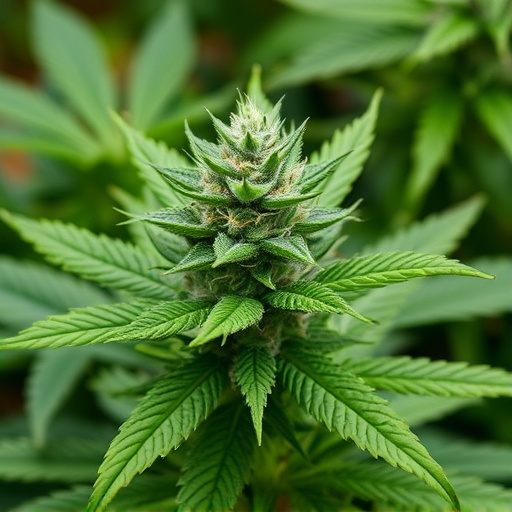
Cannabis has emerged as a potential treatment option for Attention Deficit Hyperactivity Disorder (ADHD) due to its ability to modulate neurotransmitters in the brain, such as dopamine and serotonin. Understanding how different smoking methods, including joints, pipes, and bongs, interact with cannabis is crucial when exploring these options.
Joints, pipes, and bongs each offer unique experiences, affecting both potency and efficiency of cannabis consumption. For individuals with ADHD, controlled doses and consistent effects are often preferred to manage symptoms effectively. Pipes and bongs generally allow for more precise control over the amount of herb used, enabling users to consume specific cannabis strains for ADHD tailored to their needs. These devices can also provide a smoother inhalation process, potentially reducing anxiety or paranoia that may be exacerbated by certain cannabis strains.
Pros and Cons of Different Consumption Methods
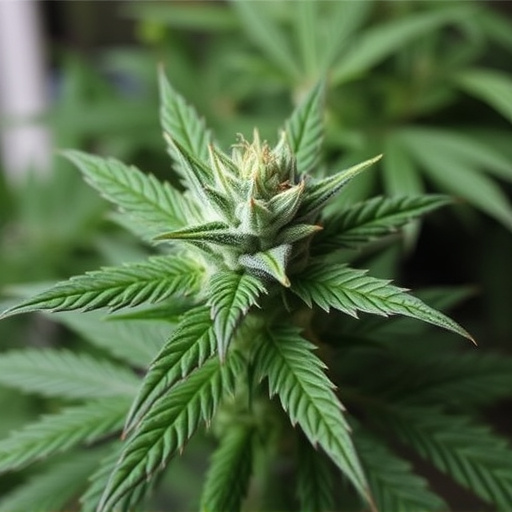
Choosing the Best Method: Factors to Consider for Effective Cannabis Use with ADHD
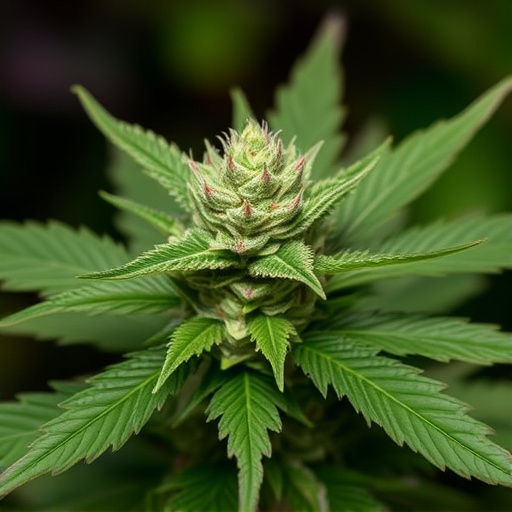
When it comes to consuming cannabis for ADHD, the method of administration is a personal choice and should be tailored to individual needs. One popular option is joints, offering a classic and readily available method. However, for those seeking more control over dosage and consistency, pipes or bongs might be preferable.
Several factors come into play when choosing between these options. First, cannabis strains specifically selected for ADHD symptoms can provide significant benefits. Sativa-dominant strains are often preferred due to their stimulating effects that can enhance focus and reduce restlessness. Next, the social aspect of smoking joints may appeal to some, fostering a sense of community and shared experience. Conversely, pipes or bongs allow for cleaner hits, which can be gentler on the respiratory system and more precise in dosing. Additionally, these methods are less prone to wasting product compared to joints.
When it comes to managing ADHD symptoms, choosing the right cannabis consumption method is essential. Joints, pipes, and bongs each have their advantages and disadvantages, with factors like ease of use, control over dose, and potential side effects playing key roles. For optimal results with cannabis strains for ADHD, consider your personal preferences, desired effects, and health considerations when selecting your preferred method. Remember, finding the best fit can significantly enhance both focus and well-being.





